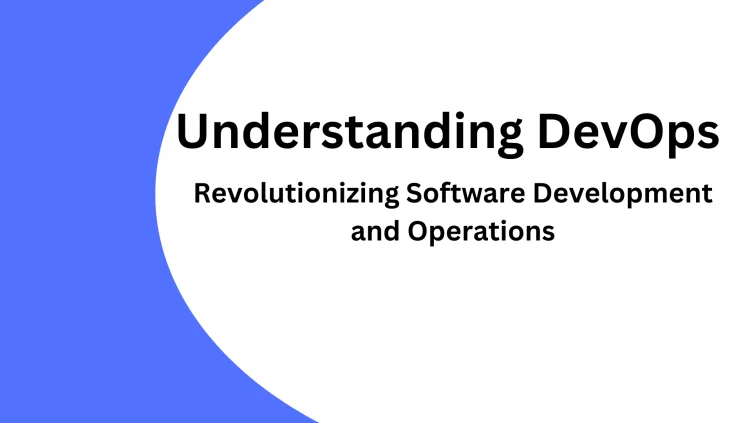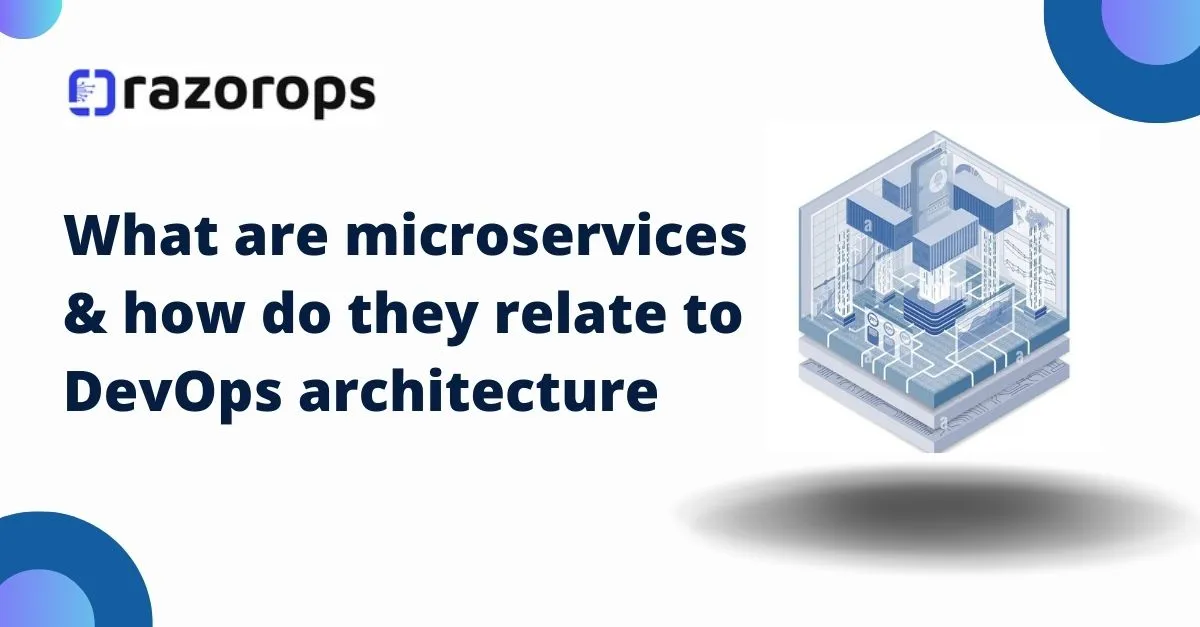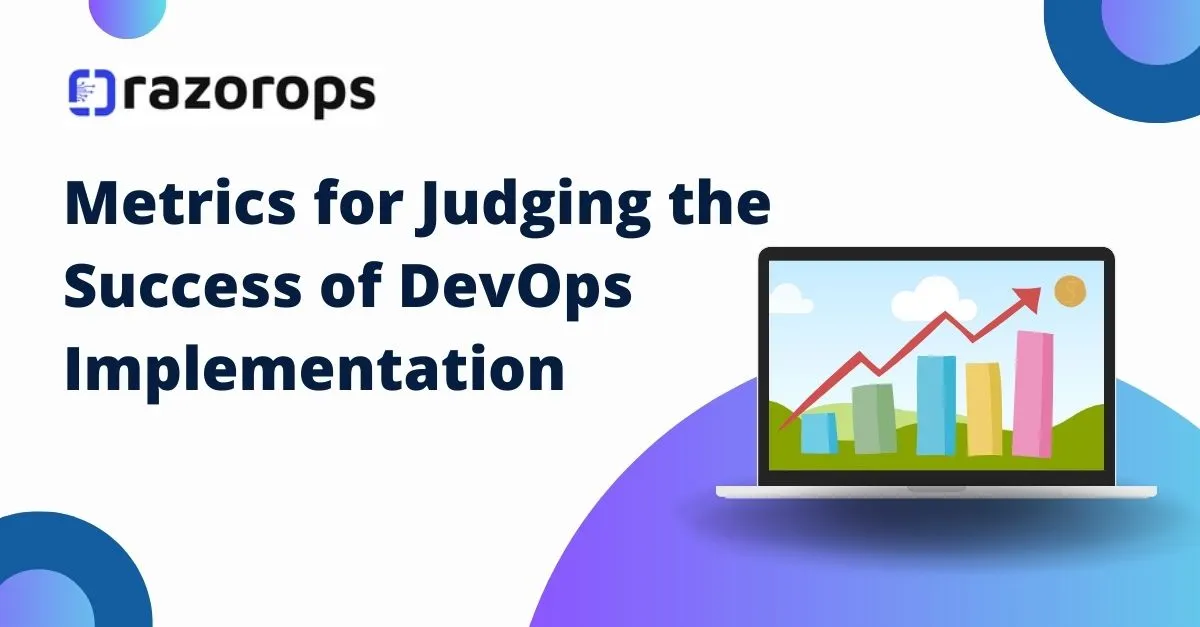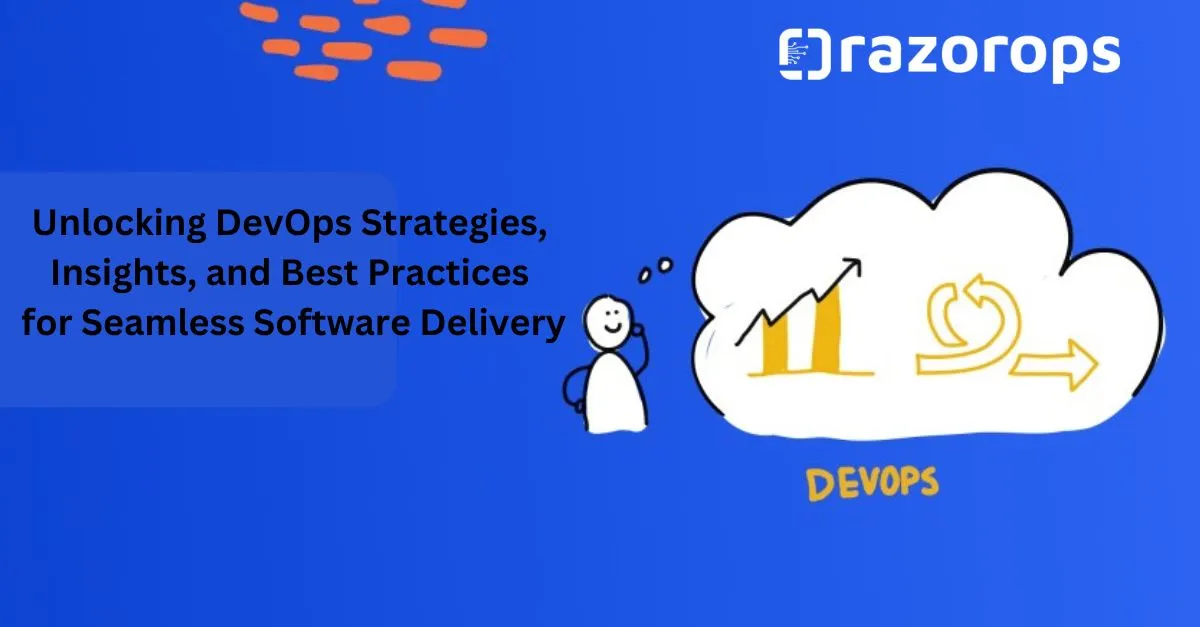How To Build Your DevOps Toolchain Effectively
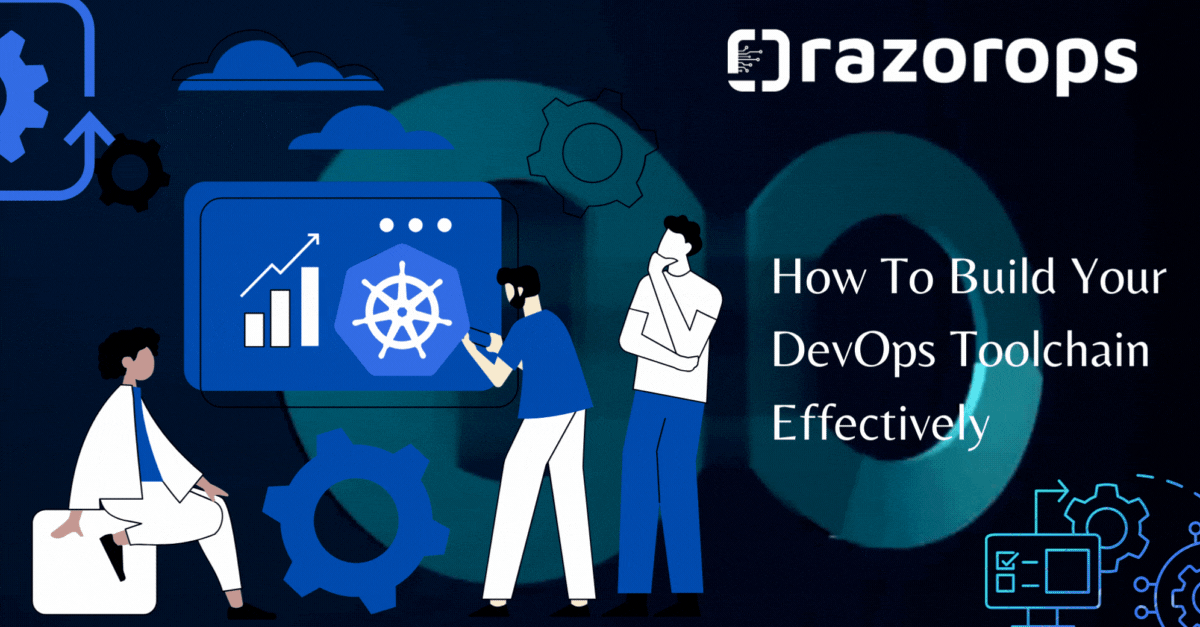
Software development, the adoption of DevOps practices has become imperative for teams aiming to streamline workflows, boost collaboration, and deliver high-quality products efficiently. At the heart of successful DevOps implementation lies a robust toolchain—a set of interconnected tools and technologies designed to automate, monitor, and manage the software development lifecycle. Crafting an effective DevOps toolchain requires thoughtful planning, selection, and integration of tools that align with your team’s specific needs and objectives.
Before diving into tool selection, it’s crucial to comprehend your team’s workflow, challenges, and goals. Conduct an assessment to identify areas that require improvement, such as automation, deployment frequency, testing, or monitoring. Understanding these needs will serve as a blueprint for selecting the right tools that fit your unique requirements.
Understanding the DevOps Toolchain
The DevOps toolchain comprises a set of tools and technologies that facilitate various stages of software development, deployment, and operations. These tools can be categorized into:
-
Coding & Building Tools: Includes IDEs (Integrated Development Environments), version control systems like Git, and build automation tools such as Jenkins or Travis CI.
-
Testing Tools: Encompasses unit testing, integration testing, and end-to-end testing tools like Selenium, JUnit, and Jest.
-
Deployment Tools: Involves containerization tools like Docker, configuration management tools like Ansible or Puppet, and orchestration tools such as Kubernetes.
-
Version Control System (VCS): Begin with a robust VCS like Git, which facilitates collaboration, tracks changes, and ensures version control.
-
Continuous Integration/Continuous Deployment (CI/CD) Tools: Tools like Jenkins, RazorOps CI/CD, or CircleCI automate the build, test, and deployment processes, enabling faster and more reliable code delivery.
-
Configuration Management Tools: Tools such as Ansible, Puppet, or Chef aid in managing and configuring infrastructure, ensuring consistency across environments.
-
Containerization and Orchestration: Platforms like Docker for containerization and Kubernetes for orchestration provide scalability, portability, and efficient resource utilization.
-
Monitoring and Logging Tools: Utilize tools like Prometheus, ELK Stack (Elasticsearch, Logstash, Kibana), or Grafana to monitor system performance, track issues, and gain insights through logs.
-
Collaboration and Communication Tools: Platforms like Slack, Microsoft Teams, or Mattermost foster effective communication and collaboration among team members.
Integration and Automation:
The key to a seamless toolchain lies in integration and automation. Ensure that the selected tools can integrate with each other smoothly, creating a unified workflow. Automation reduces manual intervention, minimizes errors, and accelerates the development pipeline. Utilize APIs, plugins, or custom scripts to establish connections between different tools and automate routine tasks.
Training and Adoption:
Introducing new tools into your workflow requires proper training and adoption strategies. Conduct workshops, provide documentation, and encourage hands-on training sessions to familiarize teams with the new tools. Foster a culture that promotes learning and experimentation to ensure successful adoption.
Regular Evaluation and Optimization:
DevOps is an evolving landscape, and tools constantly evolve. Regularly assess the effectiveness of your toolchain. Solicit feedback from teams to identify pain points and areas for improvement. Embrace new tools or upgrades that better align with your evolving needs, ensuring your toolchain remains efficient and up-to-date.
Best Practices
While building a DevOps toolchain, teams may face challenges such as tool compatibility issues, resistance to change, or security concerns. To mitigate these challenges:
-
Foster a culture of learning and adaptability within the team.
-
Regularly evaluate and update tools to incorporate newer technologies and features.
-
Provide adequate training and support for team members transitioning to new tools and methodologies.
Building an effective DevOps toolchain involves a combination of strategic planning, tool selection, integration, training, and continuous optimization. By understanding your team’s unique requirements, selecting the right tools, fostering integration and automation, and promoting continuous improvement, you can build a robust DevOps toolchain that enhances collaboration, boosts productivity, and drives successful software delivery. Follow RazorOps Linkedin Page Razorops, Inc.



